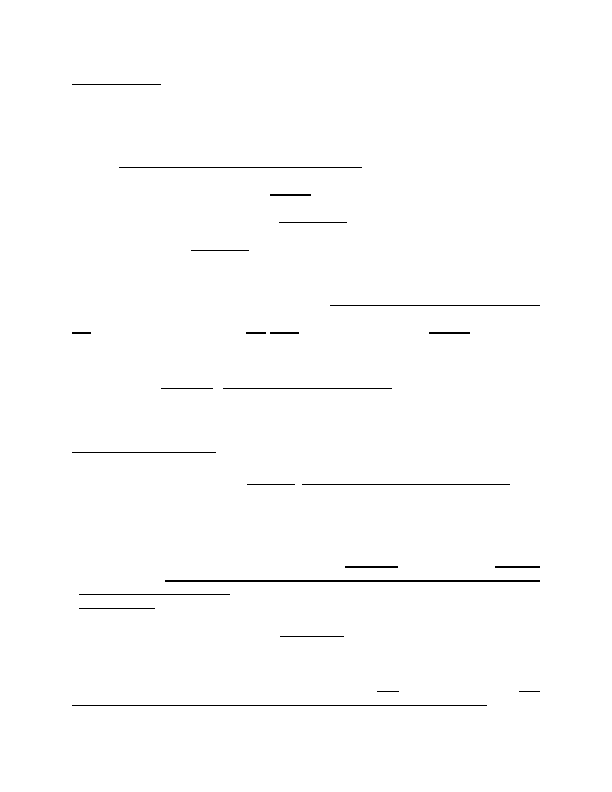
Instruments, Inc., 517 U.S. 370, 390 (1996) (“Congress created the Court of Appeals for
the Federal Circuit as an exclusive appellate court for patent cases . . . observing that
increased uniformity would strengthen the United States patent system in such a way as
to foster technological growth and industrial innovation.” (citations and internal quotation
marks omitted) (emphasis added)); Benson, 409 U.S. at 71 (refusing to “freeze [the
patentability of] process patents to old technologies, leaving no room for the revelations
of the new, onrushing technology” (emphases added)). Indeed, the Supreme Court has
repeatedly emphasized that what renders subject matter patentable is “the application
of the law of nature to a new and useful end.” Funk Bros. Seed Co. v. Kalo Inoculant
Co., 333 U.S. 127, 130 (1948);
see Diehr, 450 U.S. at 188 n.11; Benson, 409 U.S. at
67.
Applying laws of nature to new and useful ends is nothing other than
“technology.”
See, e.g., Microsoft Computer Dictionary 513 (5th ed. 2002) (The
definition of “technology” is the “application of science and engineering to the
6
Laws of nature are those laws pertaining to the “natural sciences,” such as
biology, chemistry, or physics. See, e.g., Webster’s New International Dictionary 1507
(3d ed. 2002) (“Natural sciences” are the “branches of science ([such] as physics,
chemistry, [or] biology) that deal with matter, energy, and their interrelations and
transformations or with objectively measured phenomena.”). They must be
distinguished from other types of law, such as laws of economics or statutory
enactments. Laws of nature do not involve “judgments on human conduct, ethics,
morals, economics, politics, law, aesthetics, etc.” Musgrave, 431 F.2d at 890; see also
Joy Y. Xiang, How Wide Should the Gate of “Technology” Be? Patentability of
Business Methods in China, 11 Pac. Rim L. & Pol’y J. 795, 807 (2002) (noting that
State Street’s “‘useful, concrete and tangible result’ test is inconsistent with the
‘application of the law of nature’ patent eligibility scope outlined by the U.S. Supreme
Court and [the Federal Circuit prior to State Street].”).
7
One commentator notes that both Japan and the Republic of Korea explicitly
define an “invention” as the application of a law of nature, and argues that the United
States should follow a similar approach to patentability. See Andrew A. Schwartz, The
Patent Office Meets the Poison Pill: Why Legal Methods Cannot be Patented, 20 Harv.
J. Law & Tech. 333, 357 (2007).
2007-1130
10
